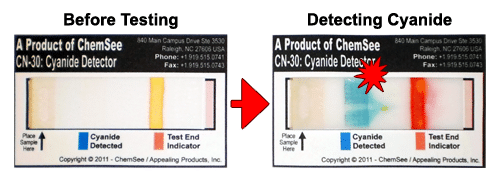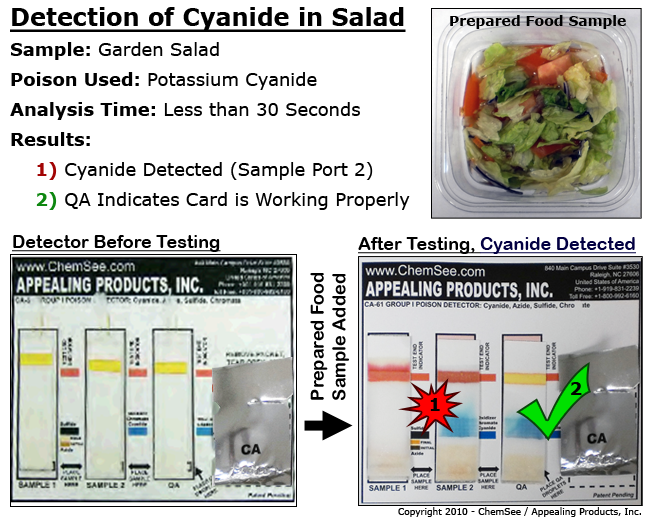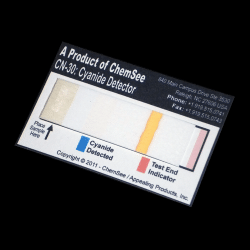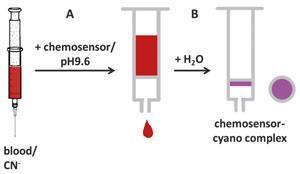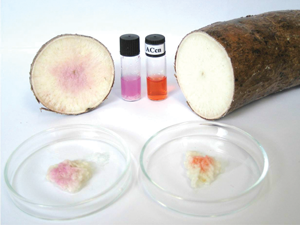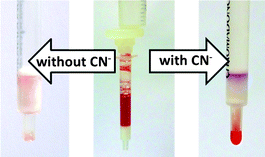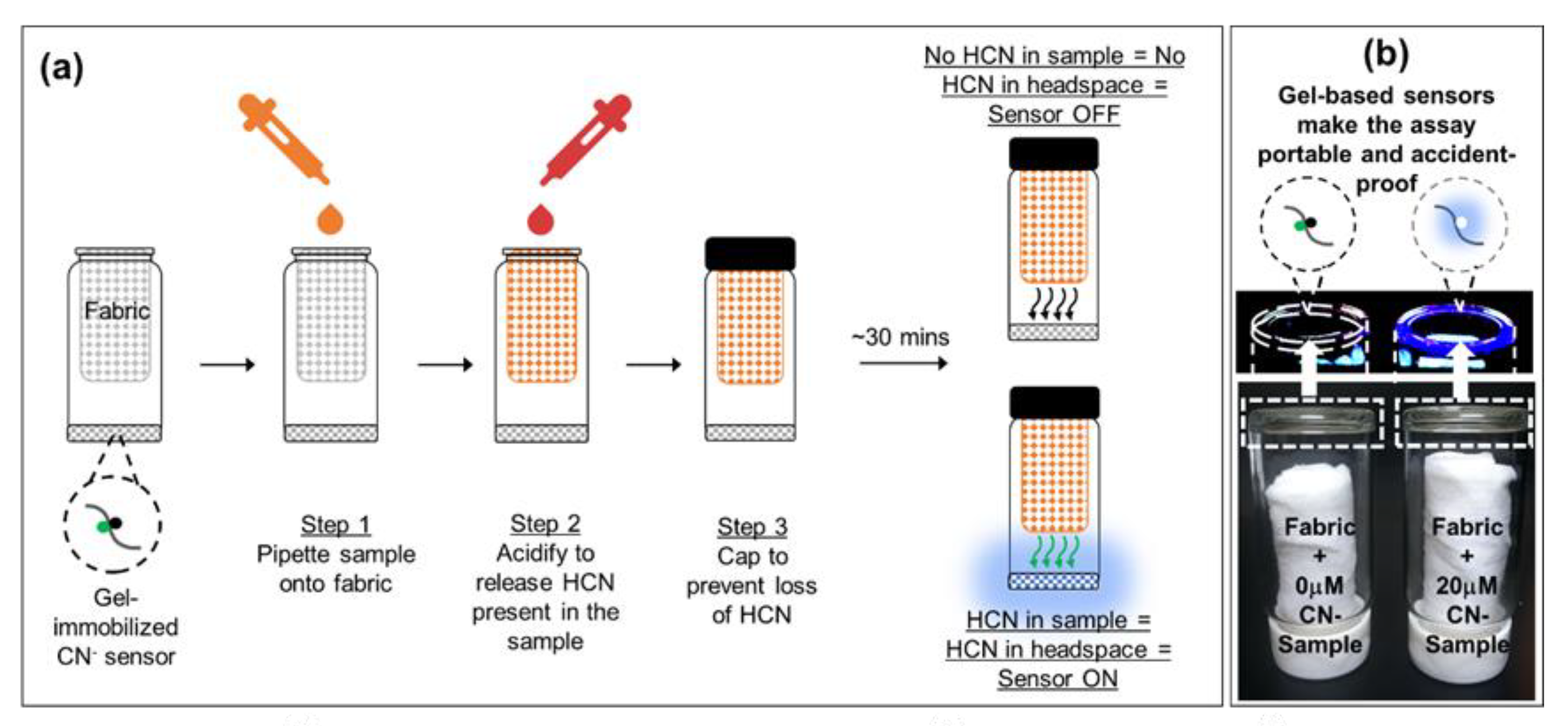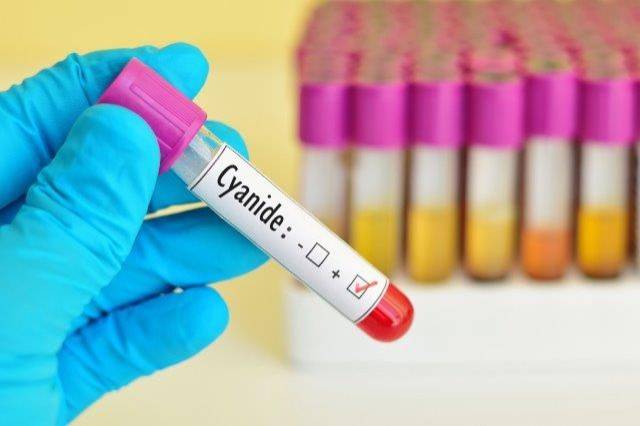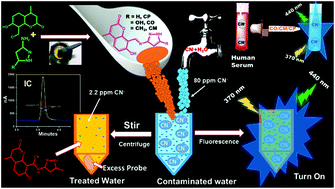Outstanding Tips About How To Detect Cyanide
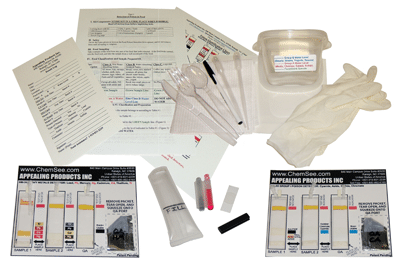
The toxicological detection of cyanide involves extraction and measurement of hcn from biological extracts.
How to detect cyanide. Simply place three to five droplets of the prepared sample to the. Varying standardized dilutions of kcn ranging from 0.25 microg/ml to 30 microg/ml were acidified with a drop of sulphuric acid in a closed system under a ventilation hood. People exposed to a small amount of cyanide by breathing it, absorbing it through their skin, or eating foods that contain it may have some or all of the following signs and symptoms within.
The distinctive colour of the skin and blood is a dead give away and the cyanide ion is easily detected with even basic wet chemistry. How a medical student can say it is not. Blood or urine can be collected from the victim for laboratory analysis.
Evaporate 500 cc of the solution with 3 or 4 drops of ammonium sulphide. If thiocyanate is present, the test strip will immediately turn red. Take proper precautions against a home fire.
Hydrogen cyanide has a faint, bitter,. Region of intermediate strength ethyl cyanide lines near 242 ghz. New way to detect cyanide exposure.
Testing of the cyanide detection kit will undergo several phases. Hydrogen cyanide is a colourless, extremely poisonous liquid that boils at 26°c. Cyanide poisoning may be recognized by a smell similar to that of almonds emanating from the victim, his vomit or feces.
Cyanide detectors overview our cyanide detectors allow the user to rapidly and easily detect cyanide in drinks and food. Avoid using space heaters and halogen lamps, and avoid smoking in. Hydrogen cyanide is a chemical compound with chemical formula hcn.
